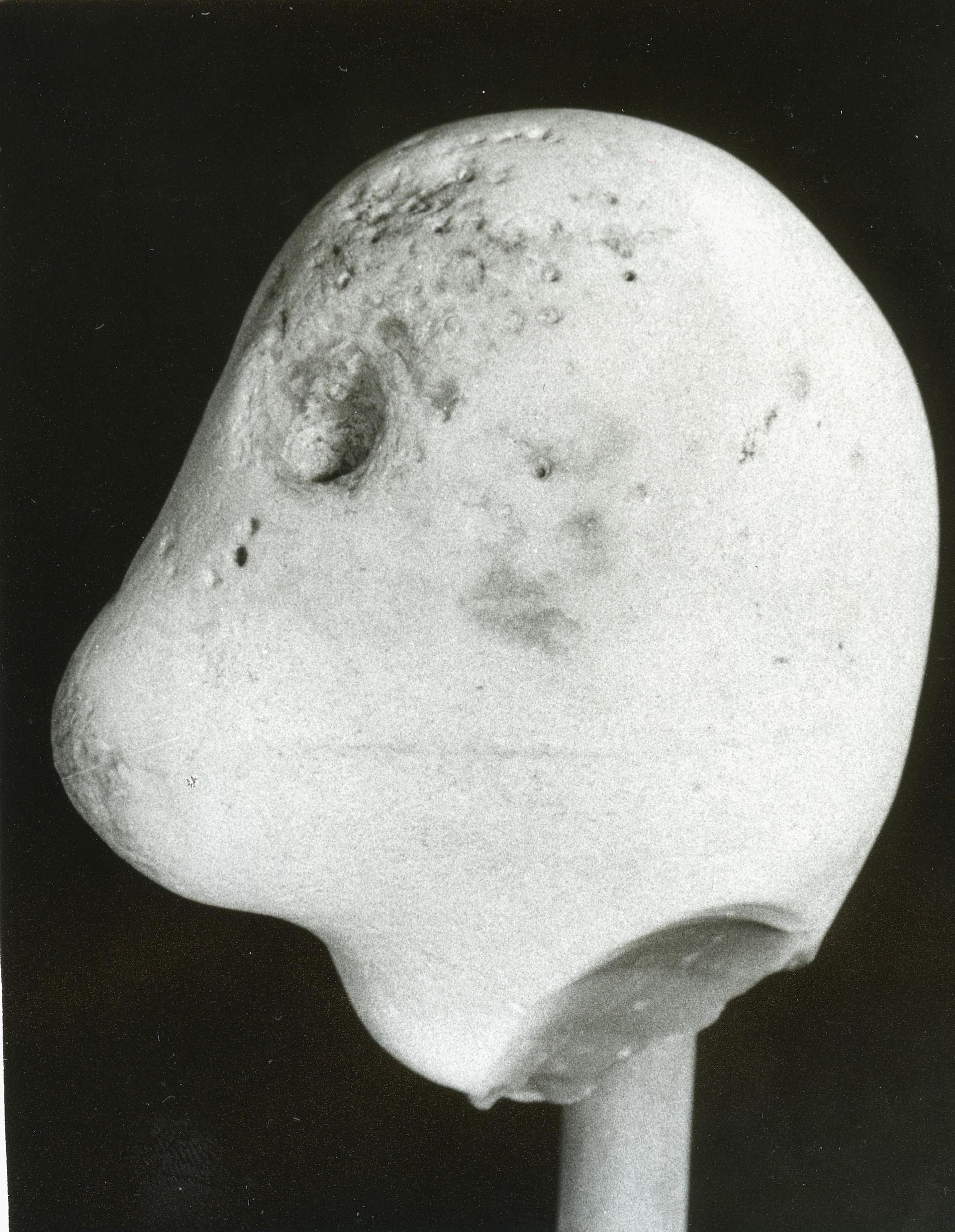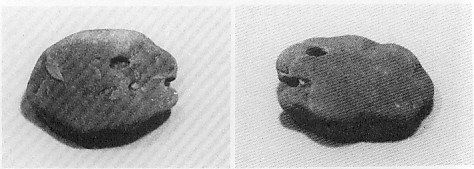Location of the Old City

The legendary city at the Baltic Sea is identical to the capital of Atlantis. It had a diameter of twenty-four kilometers. In the middle of the city was the royal palace (3). This was laying on an island surrounded by three wide water trenches and six high fortified walls. The whole city was surrounded by a high wall (4).
From the castle a canal led to the sea which ends in funnel-shaped form (7, good to see on the map above).
This canal is the Oldenburger Graben. It consisted of connected lakes, which were laid dry in the 19th century. According to legend the Oldenburger Graben was once a large river. Between Oldenburg and Grube the canal has a length of about 10 kilometers, as long as it is written in Platons report. Until to the 15th century in Danish nautical charts Oldenburg (5) and Grube (6) were marked as sea ports.
At this point (1) there had been a wall of enormous extent, which has been removed in the course of works at road construction. Here (2) must have been an exit of the old great city, as one cannot assume that the canal lead only in one direction. Here are lying big stones as it is noted in the sea chart.
At this point (3) one should find remains of the six big walls arround the castle. Indeed, just at this place there are hook-sharped remains of ramparts on the ground of the sea, as ist is written in an examination of the Hohwachter Bay in the year 1974. This investigation had also carried out, that 15 kilometers from Hohwacht in the sea there is an elevation that locks the whole bay. Fifteen kilometers from Hohwacht in the sea there must lay the mighty city wall (4) of the old city!
On the map on top one can see how the flood happened. The water came from north-west to the canal and flow in the canal into the city. The walls arround the castle were like a barrier where the water accumulated and flow into the south part of the city. This resulted in the three lakes arround Hohwacht. Another part of the water flow into the canal towards the sea, breaking the dams of it. The iron gates (7) didn´t brake, so the water turns and flow into the sea-port of the old city (6).
The stones on the following pictures were found at the beach of Hohwacht.
They all reveal traces of processing. More fotos on the site "Galerie".
They all reveal traces of processing. More fotos on the site "Galerie".





Red, white and black stones found at the beach of Howacht. Platon wrote, that the walls around the castle were of red, white and bläck stones.


